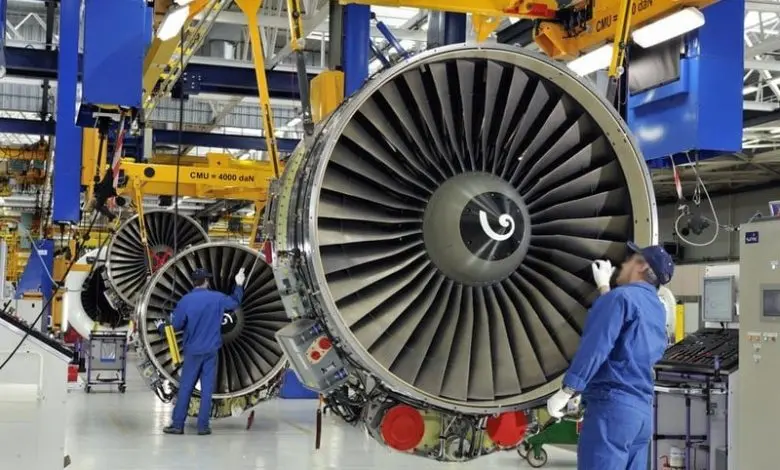“Made in Morocco” composites, a key element in the Airbus value chain

Hibapress / MAP
Morocco is a major partner of Airbus in Africa, notably through Airbus Atlantic Maroc Composites, a subsidiary which supports the rapid development of the manufacturer’s order book every day, in all Airbus product families and in particular the A320 family.
The composites, from the cockpit lining to the luggage boxes, including the trim parts, landing gear doors and seat shells, are manufactured in Morocco then shipped to France for assembly, before to be distributed to international airlines.
During a visit to Airbus headquarters, as part of a press trip organized by the company, journalists were immersed in the world of aviation by discovering the A220, A330 and A350 models up close in the model center.
The experience offered a detailed look at the interior design of these iconic aircraft, highlighting technological innovations and cabin layouts. The A320 family is the most popular family of single-aisle aircraft in the world. These aircraft are popular with both low-cost operators and companies with new business models, which take advantage of their unparalleled levels of performance and comfort.
The A320 family aircraft are available in three capacities (A319, A320 and A321) to comfortably accommodate 120 to 244 passengers. Operators can thus adjust the capacity of their devices according to demand, in order to cover the entire market, from lines with high or low traffic density to less busy longer-haul lines.
From the production of parts to the delivery of the aircraft to the customer In the assembly process of the different families of Airbus products, collaboration between the British, the Spanish and the Germans has been essential from the early days of Airbus.
Each region had its expertise and experience, making it possible to effectively share the work to create a competitive aircraft. Pre-assembled parts from different factories arrive ready for integration, thus optimizing the final assembly process.
In Saint-Nazaire, in the Pays de la Loire region, for example, the central part of the fuselage is assembled with precision, integrating all the pre-installed elements such as the floor and electrical circuits.
The wings, for their part, are a product of cross-border collaboration: the main structure is assembled in the United Kingdom (Broughton), then equipped in Germany, in Hamburg, before being shipped to the final assembly lines where the complete aircraft is taking shape (Toulouse, Hamburg, Tianjin and Mobile). Regarding the tail cone, the horizontal tail and the central cover, they are produced in Spain, in Cádiz and Getafe.
Once the aircraft is purchased, the customer goes through the Customer Definition Center (CDC), a 10,000 m² design center, to define the details of the cabin interior. This definition includes all visible aspects of the cabin, such as the entrance, galleys, toilets, seats, luggage compartments and partitions between the different classes of the aircraft, explains Hélène Menweg, customer manager at CDC .
The choice of Hamburg for the CDC, despite Airbus’ commercial headquarters in Toulouse, can be explained by the presence of the “design office” and the “engineering” cabin in Hamburg, she said, noting that this site concentrates all the skills necessary for cabin design, with between 1,000 and 2,000 engineers and designers. This proximity makes it possible to respond quickly to customer questions, sometimes in less than fifteen minutes, thanks to the direct intervention of engineers.
The aim is to inspire customers by presenting them with various options developed by engineers and ensuring that the proposed solutions are technically feasible.
The one-hectare center uses physical models, augmented reality, virtual reality, design studios and projection rooms, and offers a complete industrial environment with well-established suppliers and processes, facilitating cabin customization.
The coordination between different factories and countries is a testament to the harmonious engineering that goes into manufacturing an Airbus aircraft. Each element, whether the fuselage or the wings, finds its place in a well-orchestrated puzzle, reflecting the spirit of international collaboration that has characterized the European manufacturer since its beginnings.







